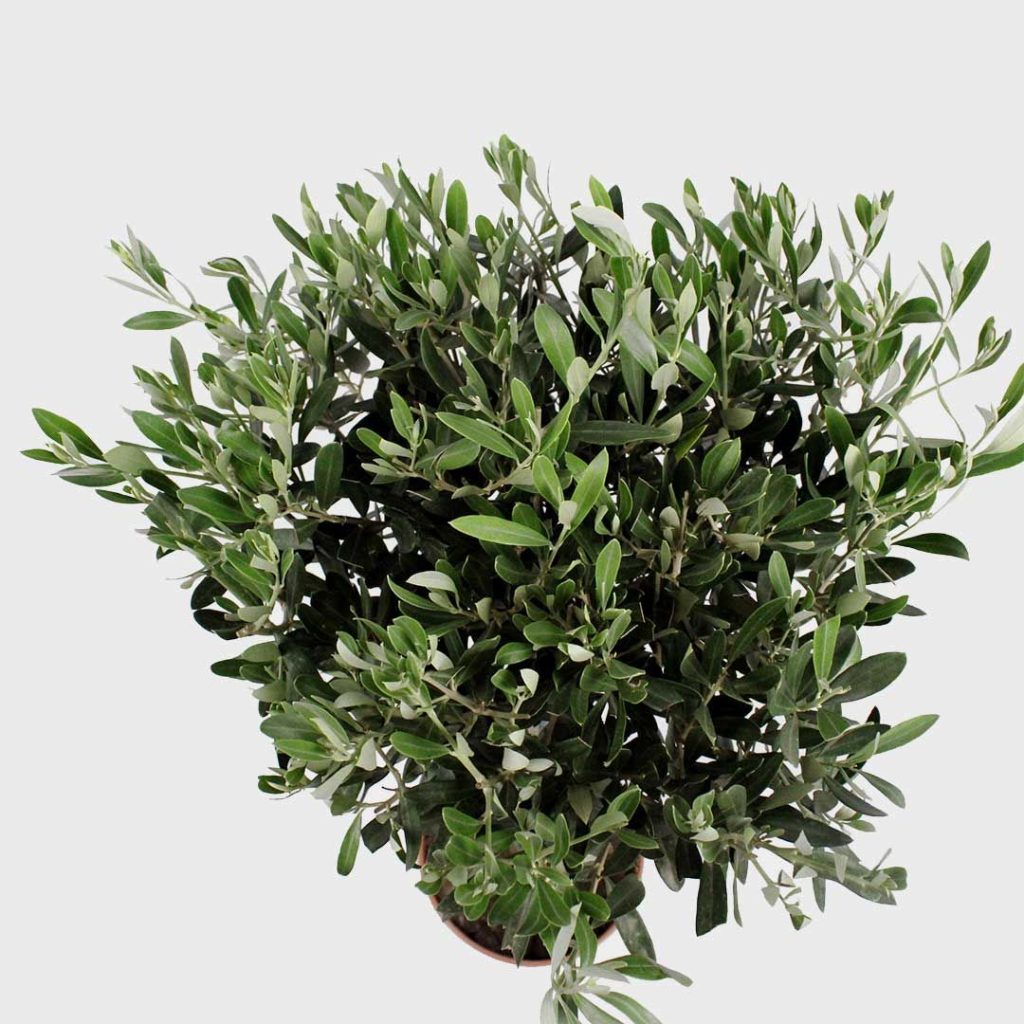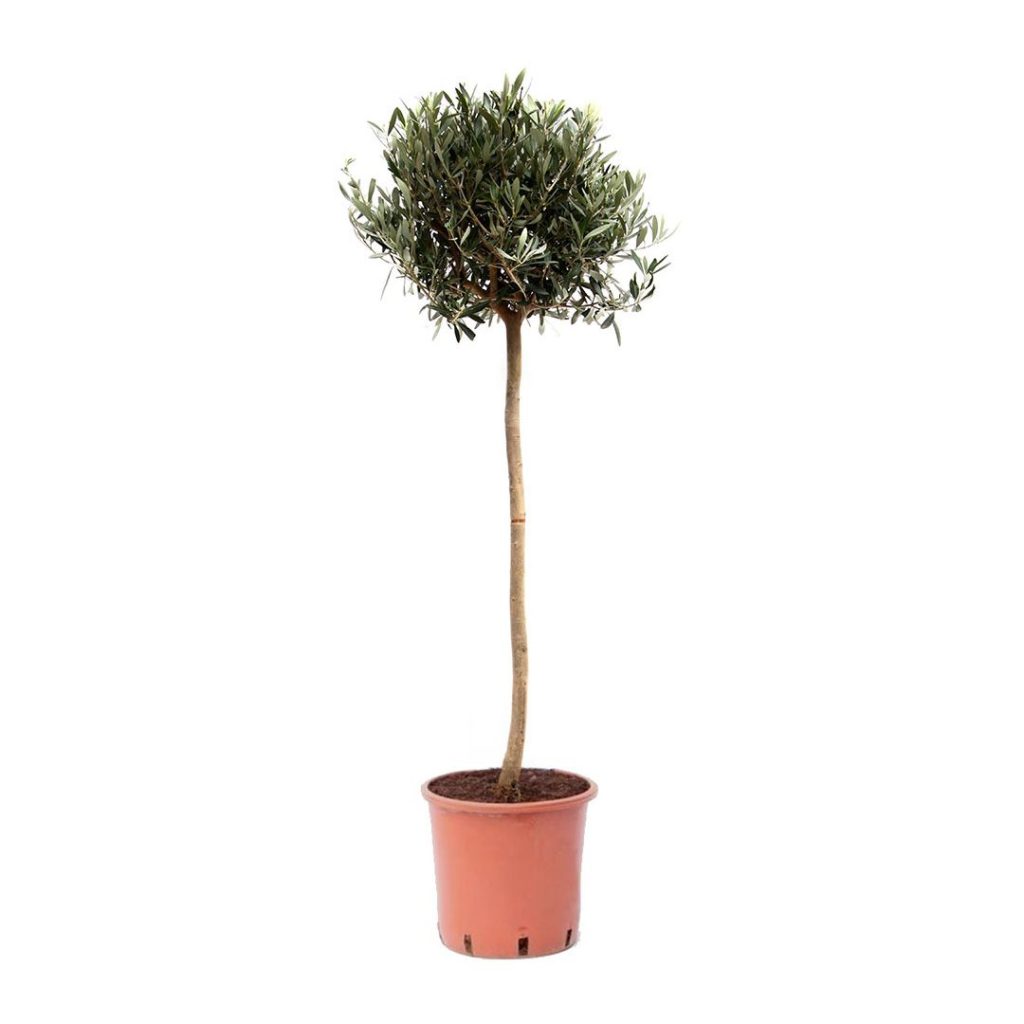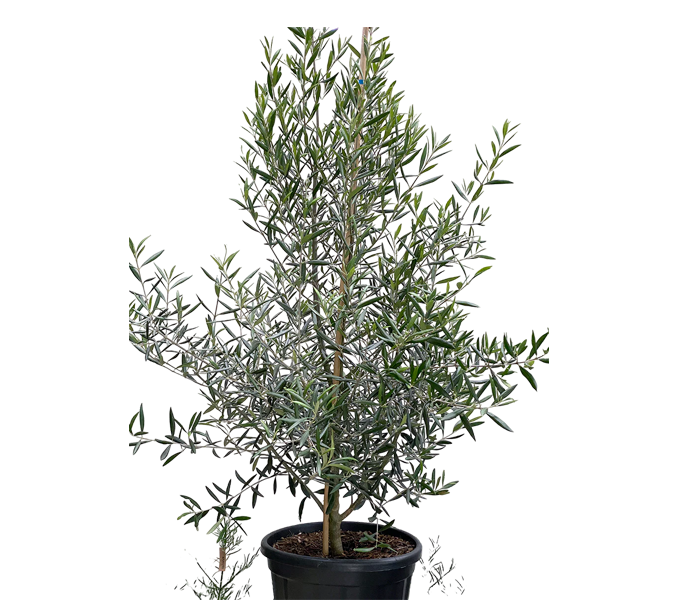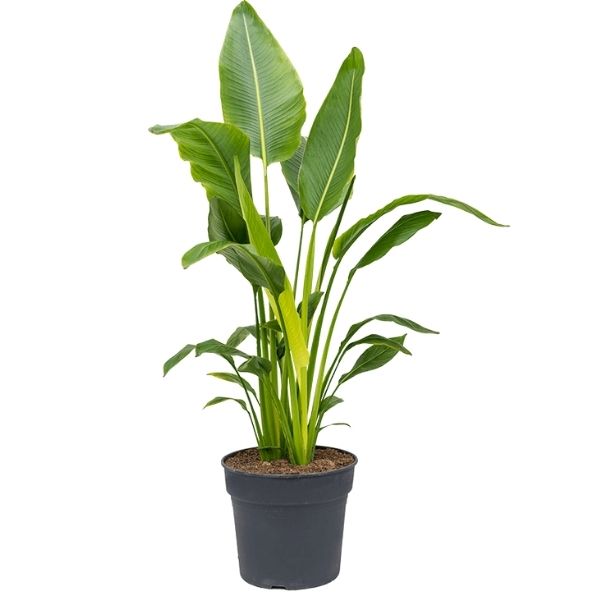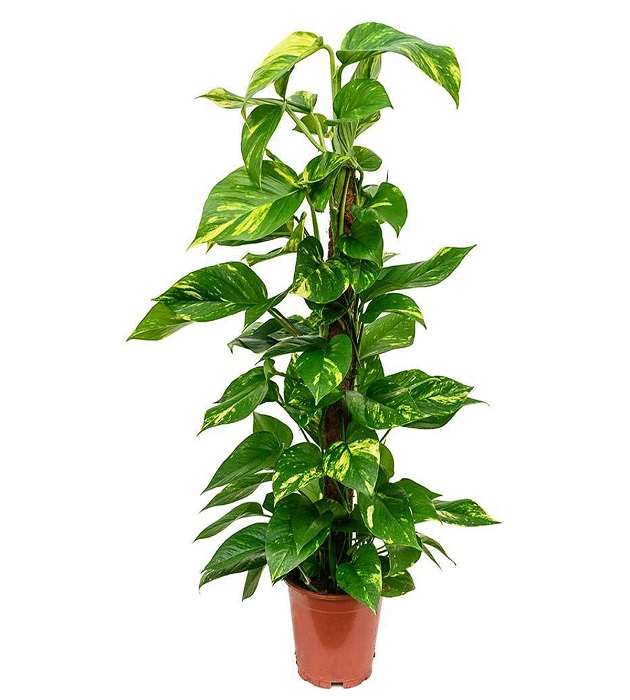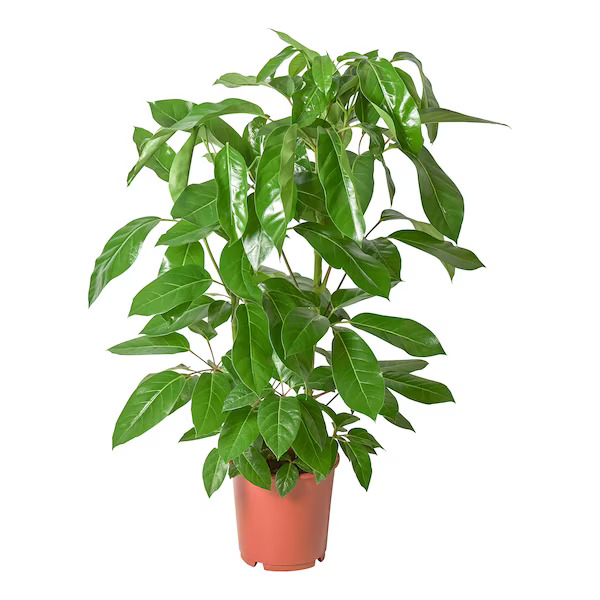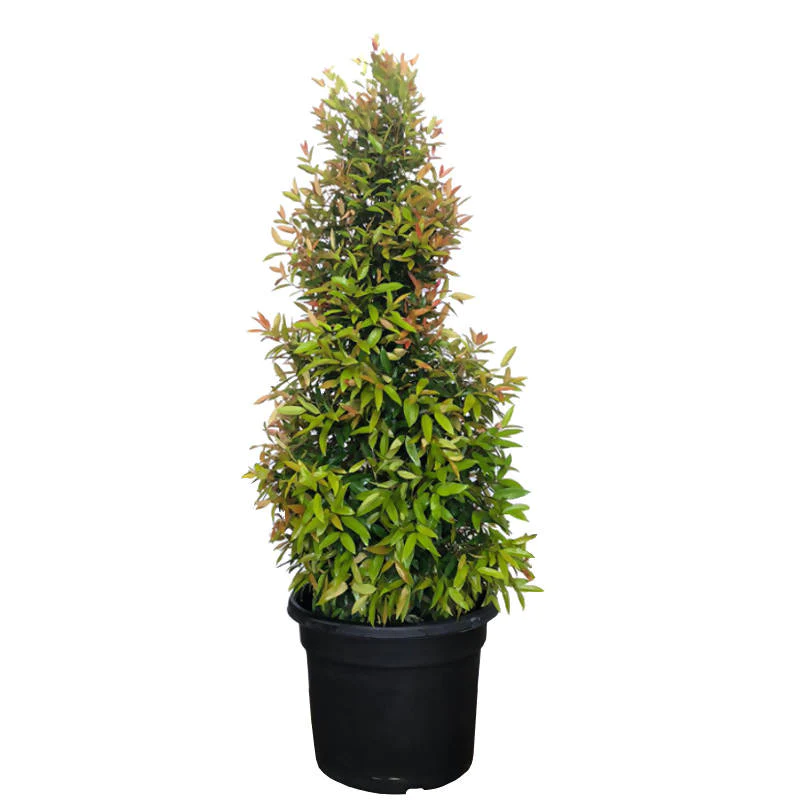Why Grow Dipladenia in Kenya?
Dipladenia loves warmth and sunshine, making it ideal for Kenya’s temperate to hot regions like Nairobi, Machakos, or Kisumu. It can be grown as a hanging plant, a climbing vine, or even in containers—perfect for small spaces or decorative corners.
- Constant Blooms: Flowers from early rains through dry seasons with bright pink, red, or white blossoms.
- Versatile Growth: Can climb a trellis or trail from hanging baskets.
- Drought-tolerant: Once established, needs minimal watering.
Dipladenia Plant Care
Light: Thrives in full sun to partial shade—at least 4–6 hours of sunlight daily.
Watering: Water deeply but allow the topsoil to dry between sessions. Too much water can lead to root rot.
Soil: Use a well-draining mix—sandy loam with a bit of compost is ideal.
Fertilizer: Feed monthly with a balanced liquid fertilizer to encourage blooming.
Great for Small Spaces
Don’t have a garden? No problem. Dipladenia grows beautifully in pots and can even be brought indoors near a sunny window. Its compact root system makes it ideal for containers, and with a small bamboo support, it can climb vertically to save space.
Common Questions
Is Dipladenia a climber? Yes, but it’s more compact and bushier than regular Mandevilla vines, making it easier to manage.
Will it flower all year? In warm climates with regular feeding, Dipladenia produces blooms most of the year, especially when deadheaded.



